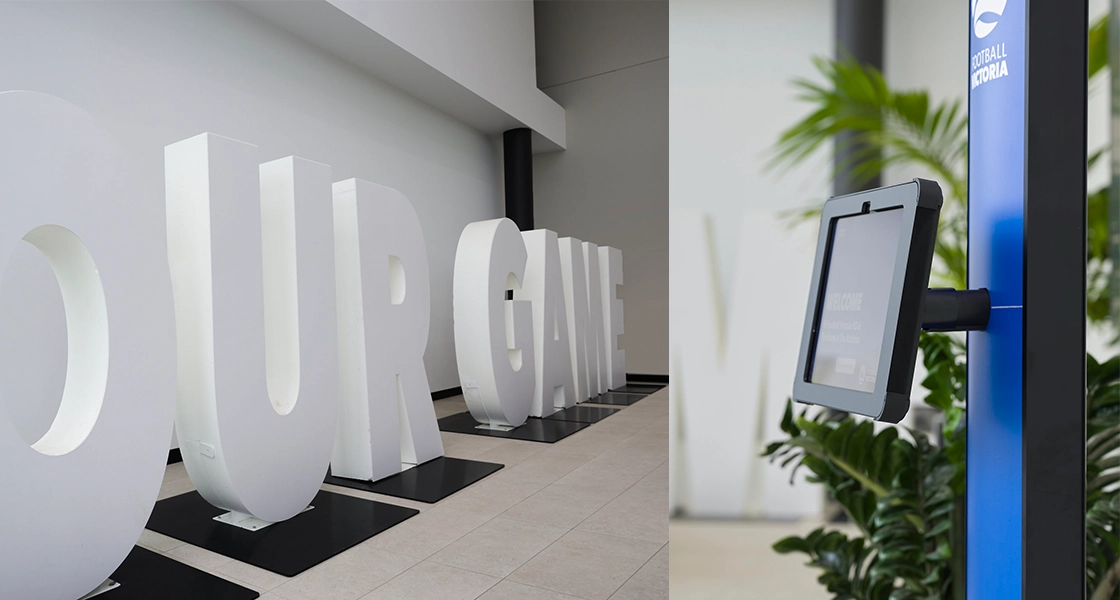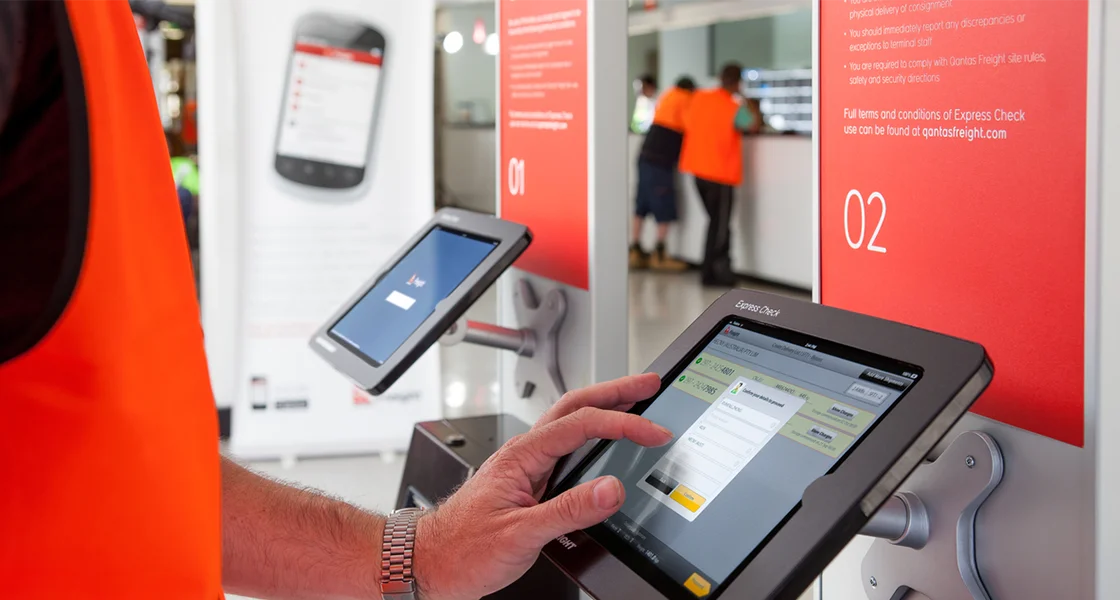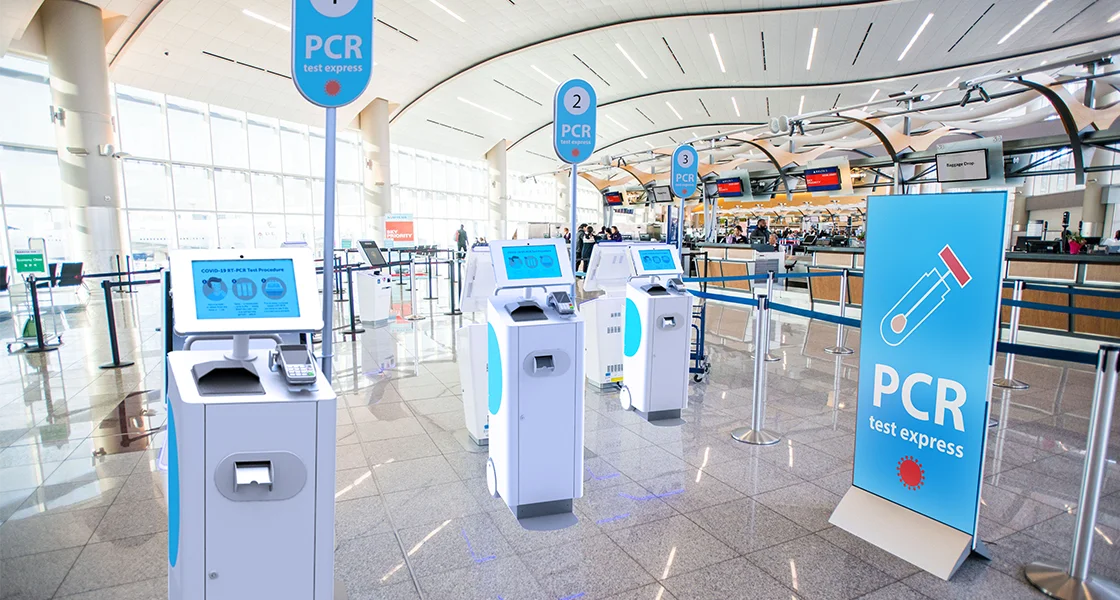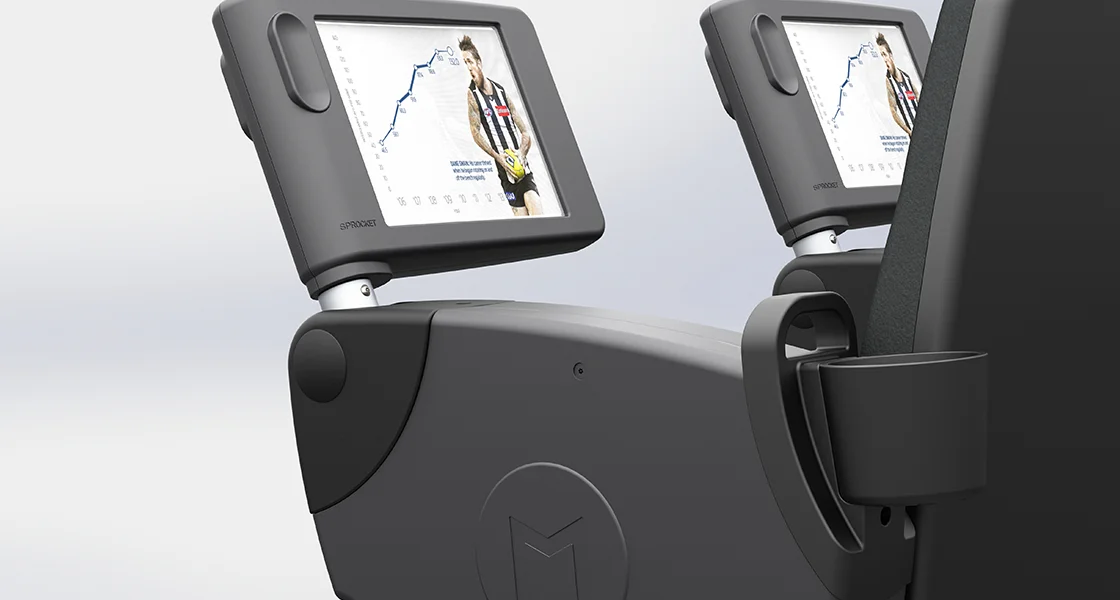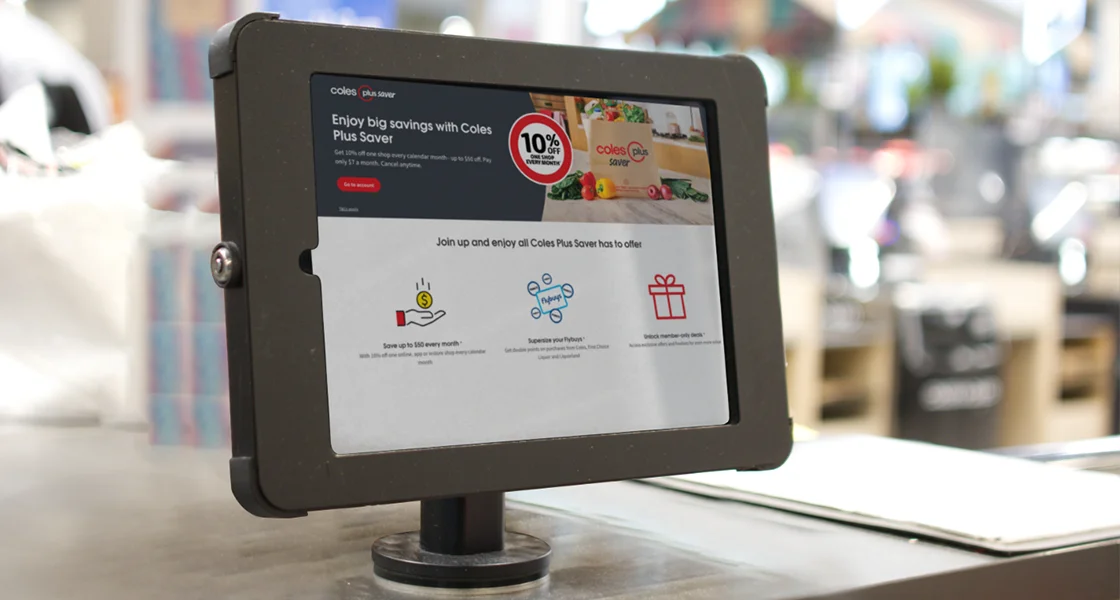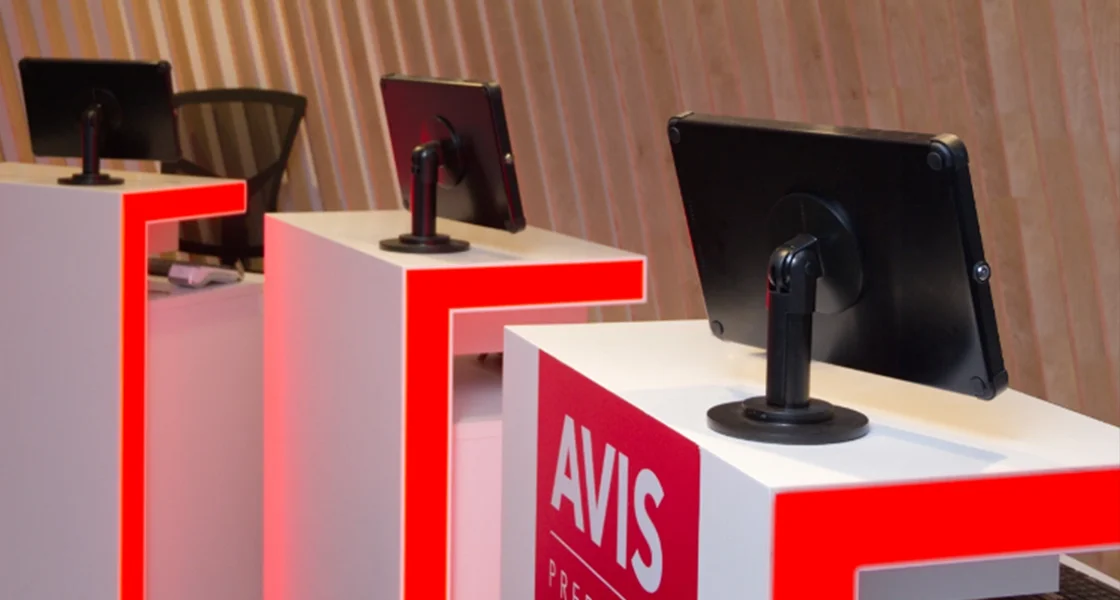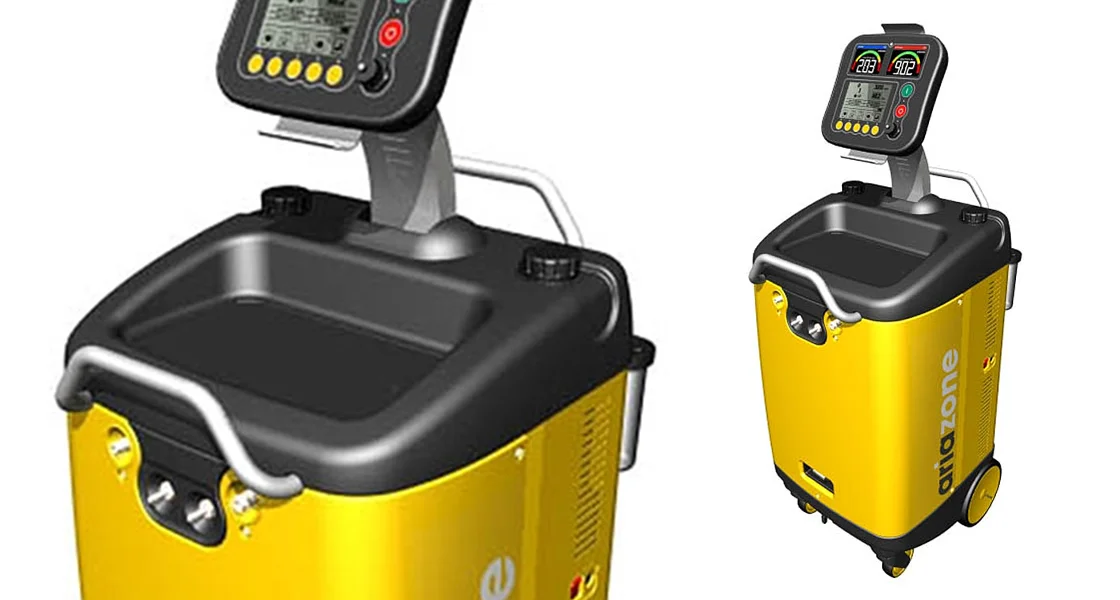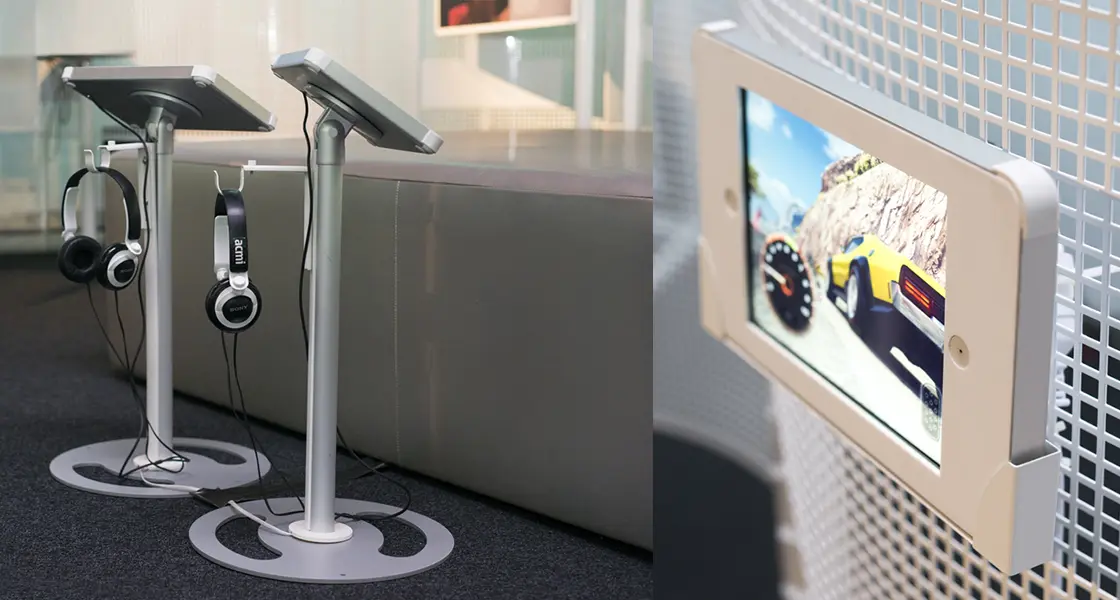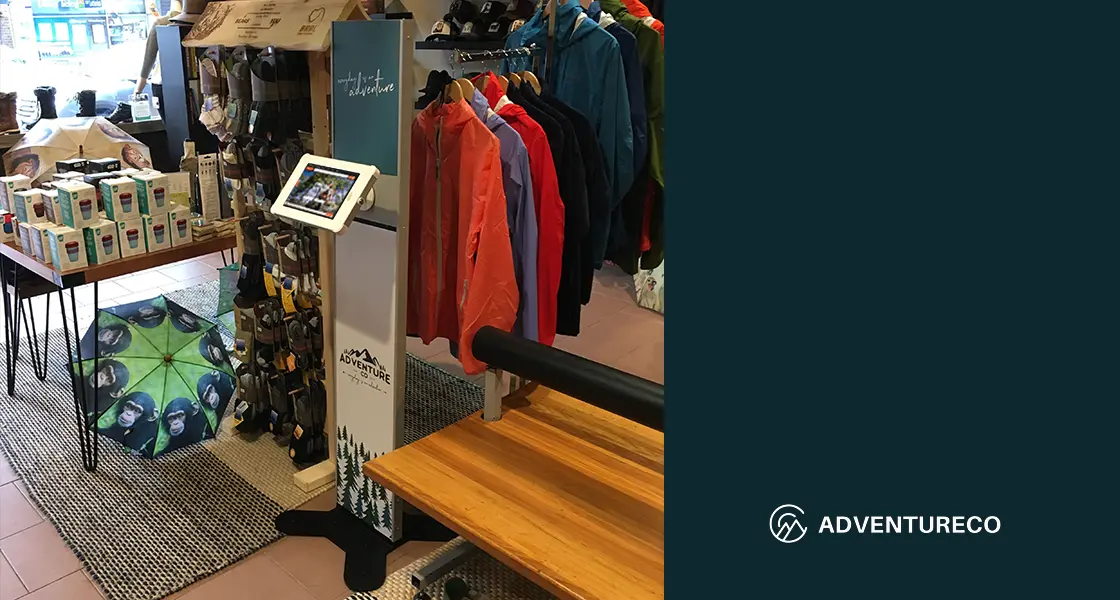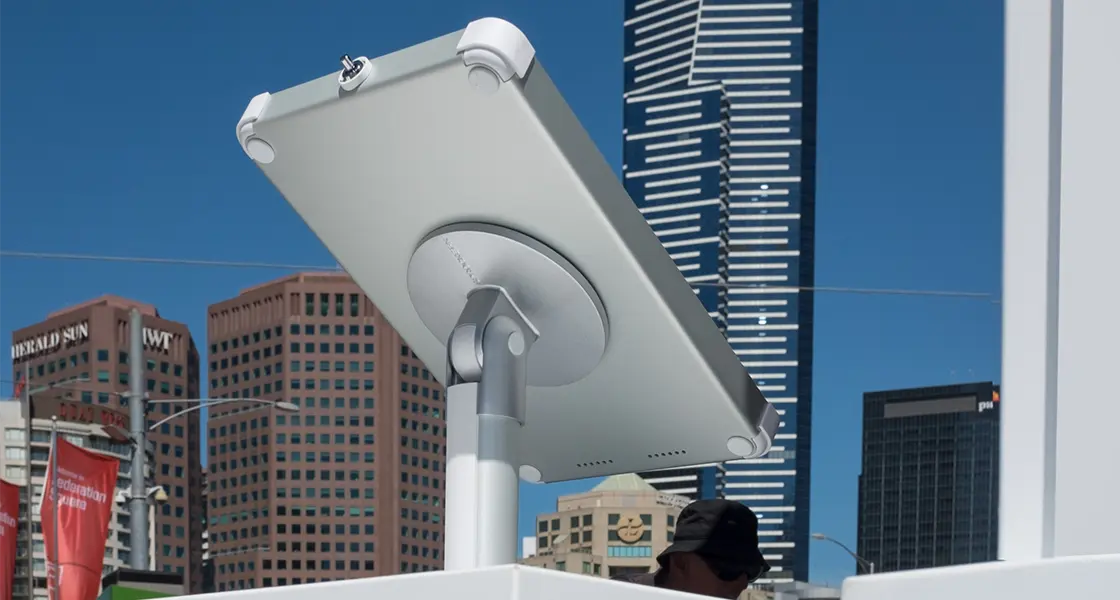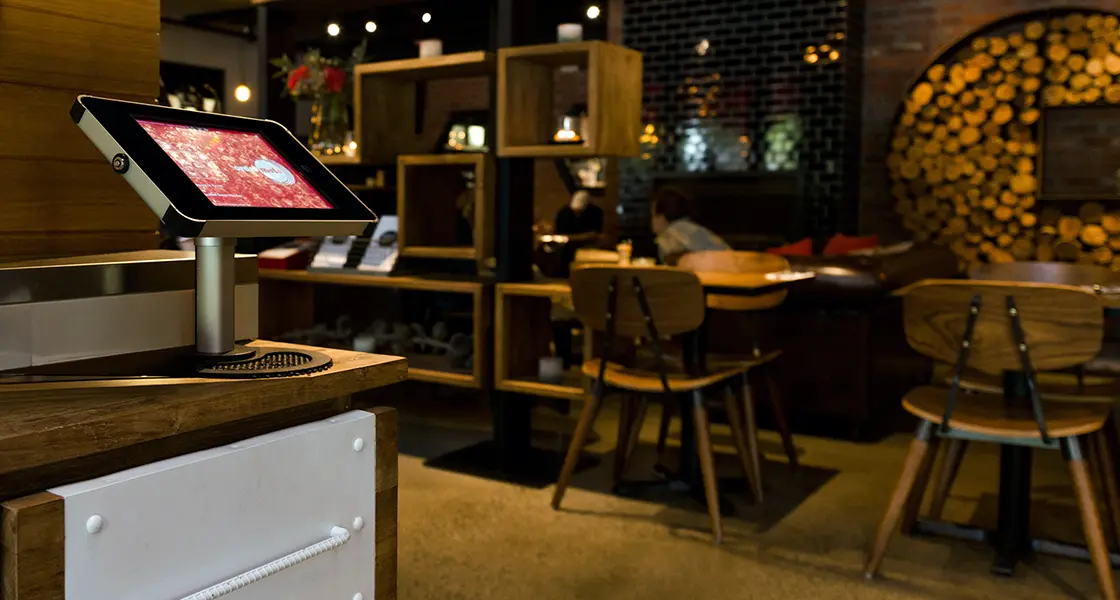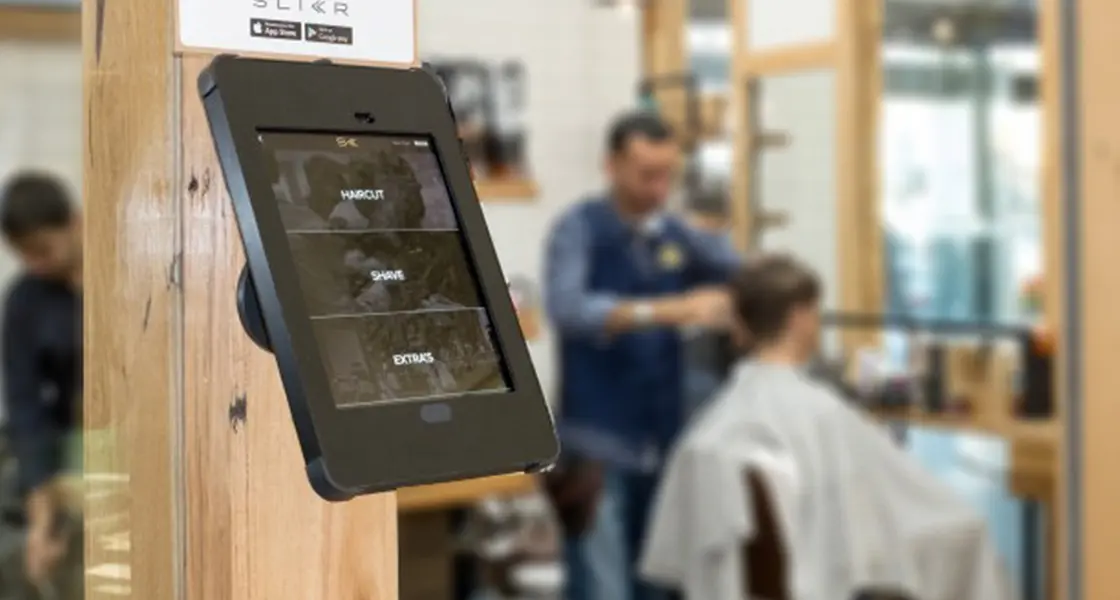Our Work.
Since the launch of the first iPad, Sprocket has been creating impressive self-service kiosk solutions for top companies—from international tech giants to well-known national brands.
We don’t merely construct according to specifications—we transform ideas into reality. Whether you have a complete deployment plan or just the beginnings of a concept, our team acts quickly to enhance, prototype, and provide a solution that aligns with your business objectives.
Project Showcase.
Home of the Matildas
T Totem 15
Qantas
T Ticket 15
Histopath
Self Service PCR Testing Kiosk
Marvel Stadium
Smart Seat
Coles
X Revolve
Avis
X Revolve + Custom Adhesive Base
Ariazone
Airconditioning Recovery Unit
ACMI
X Floor (Custom Height) + Custom Cradle
Adventure Co
Display Stand
Federation Square
X Desk
Sons of Mary Cafe
X Base
Edward Scissor Hands
X Wall

